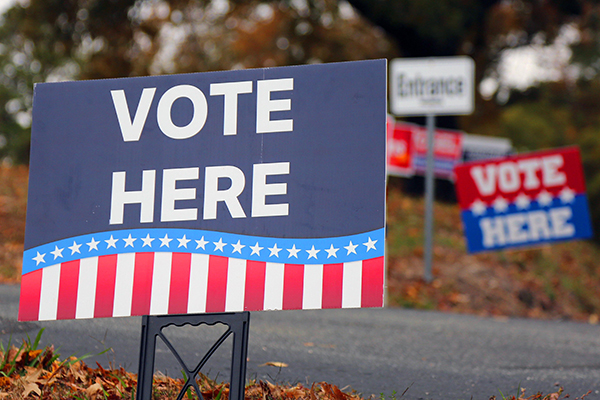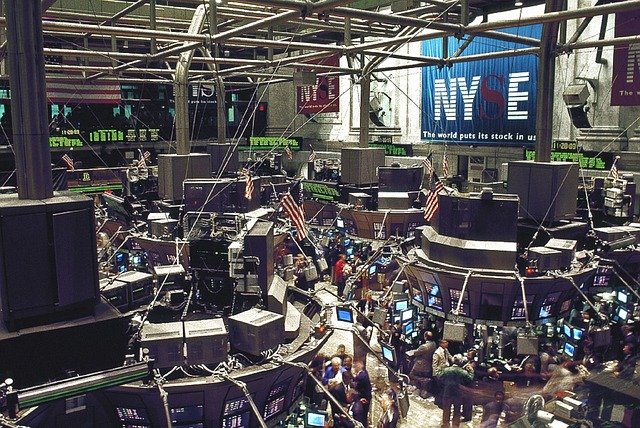It is hard to avoid seeing signs of a slowdown in the U.S. economy. Although still showing a slight expansion, key indicators for both manufacturing and services have declined. Looking at the global economy as a whole, there is now a slight contraction in manufacturing. The numbers excluding the US are even more dour, pushed lower by the impact of tariffs and trade wars on export-heavy economies; China just reported the slowest GDP since 1992.
Faced with this data, markets disagree on how to interpret it. In one corner, the stock market is at all-time highs (as measured by the S&P 500, the DJIA, and the Nasdaq), acting like the recent economic slowdown is a mere speedbump on the path to an extension of the longest expansion in history. In the other corner is the bond market, where rates have fallen to the lowest levels in three years (rates move inversely to bond prices, so when rates fall, bond prices rise), behaving like a recession is imminent.
So, who has it right? Let’s look at the Tale of the Tape:
The Stock Market is correct
If the stock market is correct, then this slowdown is a hiccup—like summer 2011 or February 2016—and we will soon be off and running again. The argument supporting this scenario looks like this:
- We have seen further easing of trade tensions, with the possibility that tariffs will be reduced or eliminated.
- Even if 2nd and 3rd quarter GDP is soft, a surge in the 4th quarter could easily compensate for this.
- Corporate earnings may well beat expectations, just as they did in the first quarter.
- Unemployment remains near the lowest levels since the 1960s, and wage growth continues to improve.
- The recent surge in IPOs boosts investor confidence.
The Bond Market is correct
If the bond market is correct, this slowdown is the beginning of a recession. Recessions are officially declared by the National Bureau of Economic Research, usually months after a recession has already started. The truly bearish are holding that the recession has already started; the more optimistic of the pessimists are looking for one to start within the next 12 months. A few things arguing that one of these scenarios is true:
- The yield curve is inverted. Yes, it can provide a false signal, and yes, the most watched section of the curve, the 2yr:10yr, has not inverted. However, the 3mo:10yr curve has inverted by the most since 2007 and the 3mo:5yr has been inverted for over 90 days. Also, with the Fed Funds Rate at 2.25%-2.5% and the 30yr recently falling to 2.46%, some argued that the entire curve was briefly inverted.
- Unemployment may be poised to increase. This is actually a lagging indicator and typically happens well after a recession has begun. The important statistic to watch here is rising layoffs (which we saw
in the most recent quarter) and increasing initial unemployment claims. - Leading economic indicators (LEI) continue to weaken.
- We still have not resolved trade talks with China.
- The recent surge in IPOs may signal a market top.
A Draw—both are correct
Most of this discussion is about the near term, meaning the next year or two. But if we look backwards about 40 years, what we see is that the bond market and stock market have both moved higher, a lot higher, over that time. While they tend to zig and zag in opposite directions in the short term, the general direction has been higher. This is due to interest rates consistently falling since Mr. Volker put an end to the dreadful inflation of the 1970s by hiking rates to stratospheric levels. With the Central Banks of most developed countries starting another interest rate cutting cycle, perhaps both stocks and bonds will continue to rally for the foreseeable future. The Federal Reserve had a stunning turnaround, going from raising rates in December, to soon after stating they were on hold, to suggesting the next move would be a rate cut, to essentially promising a rate cut at the end of July. The speed of that reversal is stark. As the old saying goes, “Don’t fight the Fed” (or all the Central Banks for that matter).
A Draw—neither are correct
The Shiller CAPE ratio (a measure of market valuation that focuses on a ten-year rolling average of earnings) is near an all-time high. This does not mean a selloff is imminent, but it does suggest that returns on stocks going forward will be below average. In fact, that has already started. Even though the markets are setting all-time highs recently, the S&P 500 was up just 3.5%, point to point, from January 2018 to June 2019.
So which scenario is most likely? Well, much like trying to predict a boxing match, even when all the analysis falls to one side, the unexpected can happen (does the name Buster Douglas ring a bell?). In this case the signals are decidedly mixed. That said, we are positioning portfolios with a lean towards a mild recession. Even if that scenario does not play out, we expect the stock market to trade in a sideway manner for the next few years. One major argument against a recession occurring is that there is very little excess in the economy, meaning something like the stock market bubble of 2000 or the housing bubble of 2007 are absent. However, I would point out that there is currently $13 trillion (yes trillion) of government debt across the globe that is yielding negative interest rates. Investors are actually guaranteeing themselves to lose money if they hold these bonds to maturity. Perhaps just as shocking, there are currently European junk bonds with negative interest rates. Those to me, seem excessive.
We are focusing on investing in the sectors that have not rallied as much as the rest of the market. We are also investing in companies that have not participated in the rally of the last few years but look poised to outperform from this point forward. The Value Capture Strategy we created and utilize is particularly well suited for investing in a sideways market. Please feel free to contact us with questions about Value Capture or investing as a whole.





